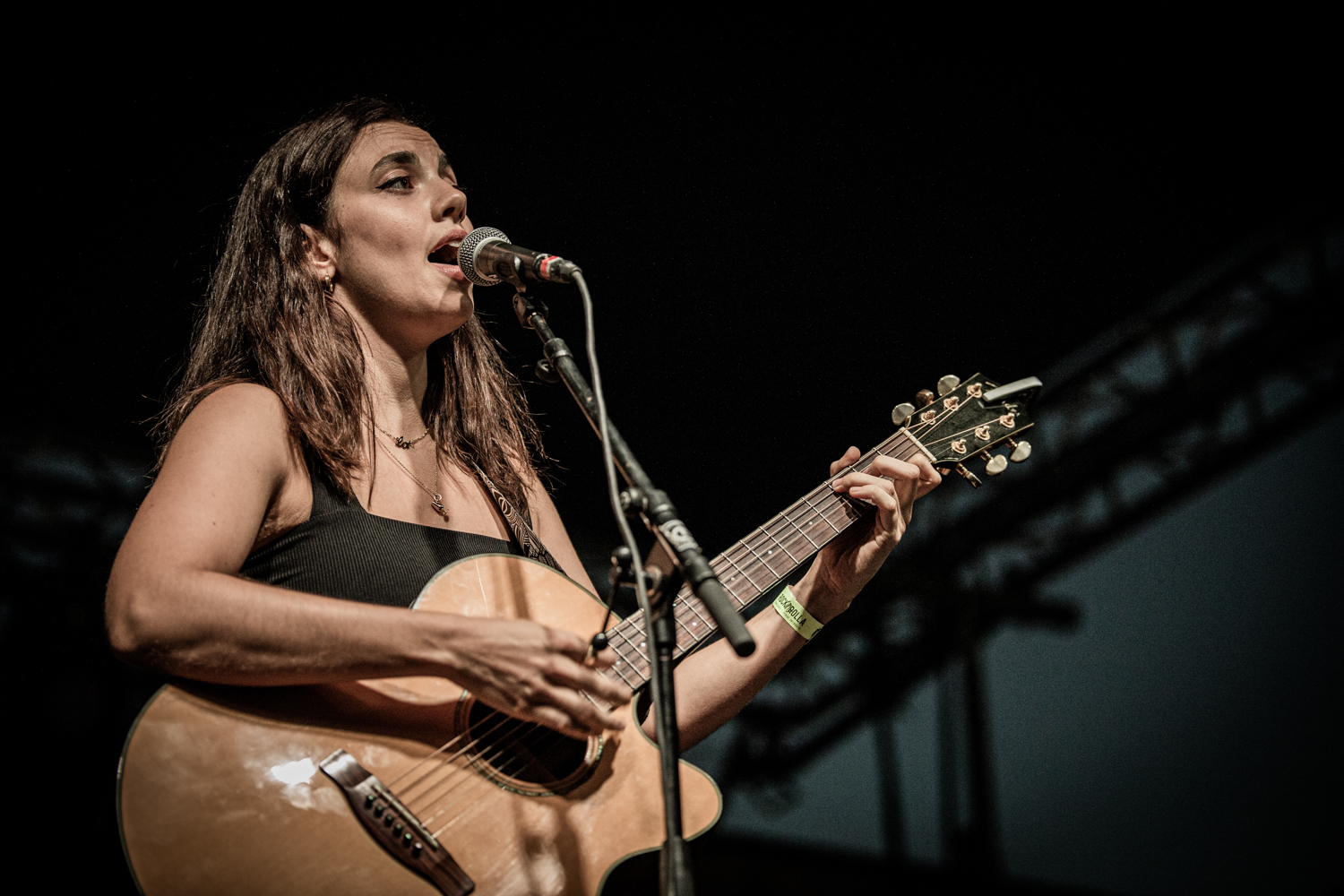Supporting Emerging artists

context
The music industry is shifting into a more hostile environment for the independent and emerging artists and professionals. The dynamics at play in the music sector in recent years -accelerated by Covid, but not only- have given more relevance to the bigger players and have reduced the access and exposure of those who are not integrated in these multinational structures and corporations in some format. We see this in festival lineups most clearly but it is also spreading into the venue-scene and therefore affects the very fabric of the creative force in our society. After all, it seems evident that the market today does not want true independent, and we need to help counter these dynamics by becoming leaders in helping those independents
We are going old, so are the artists. Emerging artists run out of options to grow from the bottom up and loose perspective of what begin a working musician really looks like while finding their sources of personal and professional validation in social media mostly, a very dangerous equation that in our opinion can be addressed from our position, at least in part; we need to do our best to grant younger artists access to our stages.
Moreover, we do believe our music ecosystem to be a codependent one, where emerging artists play a key role in the sustainability of smaller venues, and so all stakeholders need to somehow row together in the direction of reinforcing the grass-root levels of our environment, so we can grow stronger music scenes, stronger audiences and more sustainable and resilient venue-scene.
Lastly, the music ecosystem has also become wildly competitive and we can and must provide more support for the emerging artists, not only by widening the access to our stages but by also training them to become more capable and professionals. In this regard, we too identified the need to lift younger, more diverse professionals into the business.

Implementation at SALA X
We have implemented this best practice at Sala X basing our actions in three main lines:
- Public, institutional. Appealing to the responsibility of those in charge, in governments and other institutions and decision making spheres. Our best result in this line has been the collaboration concert series “Ciclo Elegidos”, that we promoted hand in hand with Fundación SGAE (Spanish PRO) that consisted on booking ten emerging, local artists to support international or well established national artists in our venue. The local emergents got a decent pay, plus a training oriented experience opening for bigger bands and performing for much bigger audiences than they would normally do.
- Corporate. There are many funding opportunities in the corporate world and we do try to reach those pockets also, as we mention in our Finance Best Practice. We designed several models of potential collaboration with different corporations that could be interested in funding initiatives promoted by us and our best success case in this line is WOCAbout Music, a project co-funded by Amazon Spain and WOCA Foundation and run by us. An open call was open to select twelve emerging, independent acts based in Spain that were later booked to play in different stages across Andalusia, our region in the South of Spain. Aside from the gig, the bands gained access to our knowhow and received tailored training in production, taxing and music business in general, among other subjects.
- In-house, private. We do reserver slots for local, emerging artists at in our productions. This way we have booked more than fifty artists in the last years to perform at Sala X and other events we promote. Some of these artists went on to become relevant acts -which is in fact part of the goal of this best practice in the end, to help them prosper. Another important side to this line is also our hiring policy. As much as we had to maximize our investments in human resources during Covid and are still recovering form the last couple of years, we turned to the younger generations to find new staff and made an effort to hire people able to bring fresh, updated visions on the business that added value to our managing decisions and helped us reconnect with younger, more diverse audiences both for concert and club slots. Our current Head Club Booker and Second Production Assistant are in the team because of this hiring policy and things are better now.
We did also implemented our best practice on emerging artists to our project developments and proposals and, not to delve too deep, we just have to mention TransEuropeCREATE!, an European Cooperation project we designed and coordinated in 2021 almost exclusively focused on emerging artists capacity building on an European level.



Benefits
We have noticed a great response to the implementation of this best practice into our operations, and this translated into actual improvements in our organization.
Through committing to help younger, emergent artists we managed to get the message across that we are not just a venue, and have seen our positioning in the public opinion improving.
Our actions and strategies to fund the aforementioned initiatives also brought a considerable expansion of our business network, now not limited to the music sector alone, but expanded into a wider range of corporations looking at investment opportunities right where we present them with our funding needs.
But these efforts towards improving things for the younger and emerging people in the business also come back, business wise. Becoming a greenhouse for the local talent also provides with negotiation edge when some of the artists become bigger; it creates a home for the younger generations, both artists and audiences and that always adds to the affluence dynamics that is ultimately decisive to keep the business running.

Challenges
We identified three main challenges during the implementation of this best practice, which we believe to be potentially encountered by venues willing to implement these actions in any territory across Europe.
Firstly, we have to keep in mind that at the of the day we are asking for funds and support for fairly unknown, low profile and unprofitable artists and pitching the idea of supporting emergents as a good investment strategy to bigger corporations and institutions can be a difficult one. This narrative must be delivered to consciously chosen investors who can actually see value in granting support to the emergents, in opposition to investing in well know artists that will give back better ROI and higher added value.
But it also turned out to be challenging to deliver the message to both emerging artists and the general public of the importance of starting from the ground up. The idea today of an Artist have shifted and strayed far from the long life career concept; and we see how learning the ropes of the craft has become less important as younger artists find their main sources of validation and motivation in social media interactions rather than in relevant professional transactions; and the general public has lost sight of how inane these instant successes on social media actually are for the main majority of the artists. Immediate consumption of art expressions, ever decreasing life span of the art and a constant reduction of the perceived value of perseverance (now seen as failure by those who seek only instant hits) are but a few of the factors that added to this challenge.
Lastly, we wanted to make an effort to include capacity building actions in some format in every implementation of this best practice, and that became a challenge because the range of levels of capacitation in the people we worked with was actually very wide. This meant that we could not design standardized programs or training actions but instead, we had to conduct interviews in various forms to identify the key areas our targeted artists were lacking knowledge on and then deliver specific contents in the context of the implementations.

Resources and other examples
- https://www.wocaboutmusic.com/
- https://www.instagram.com/wocaboutmusic/
- http://lasalax.com/cicloelegidos/
- https://transeuropecreate.com/
- https://www.instagram.com/transeuropecreate/

